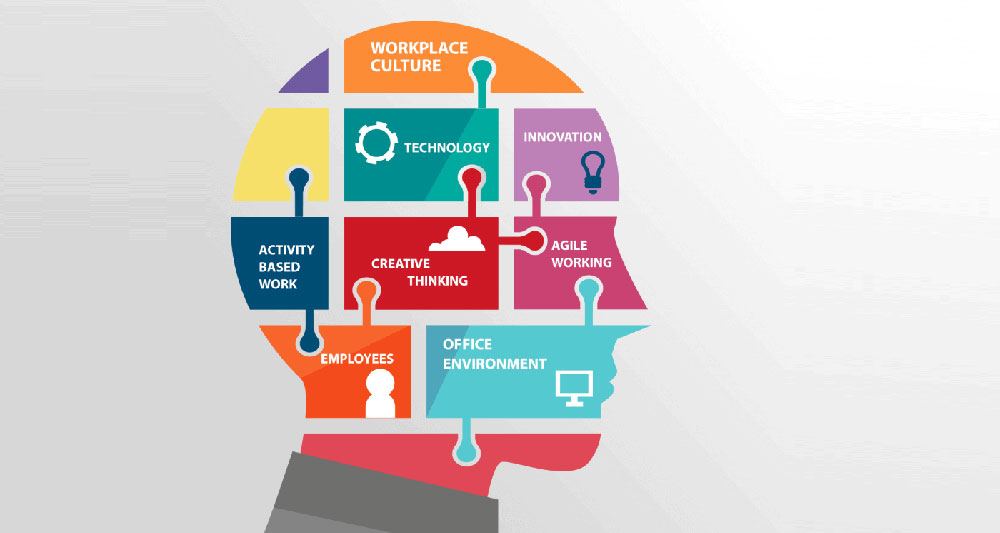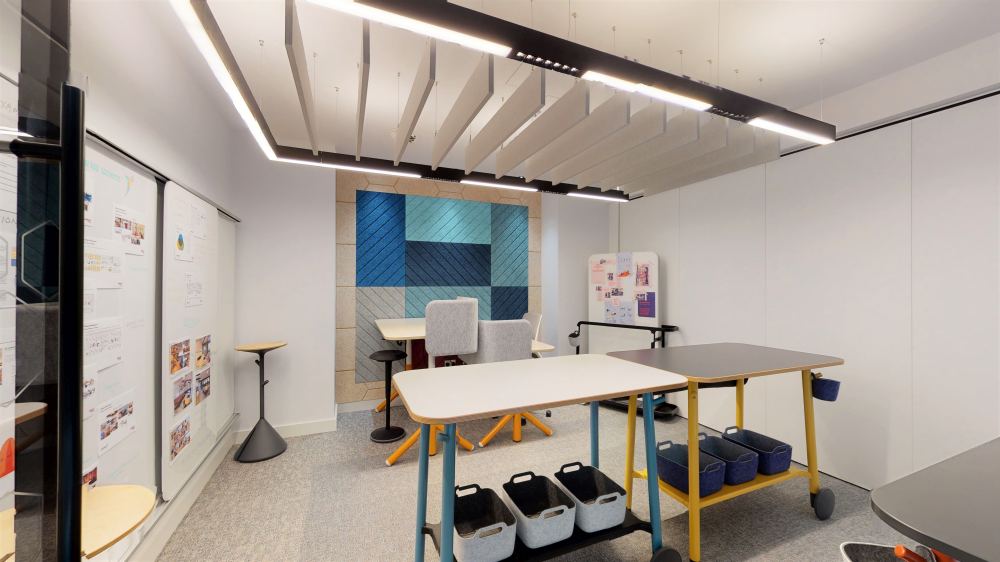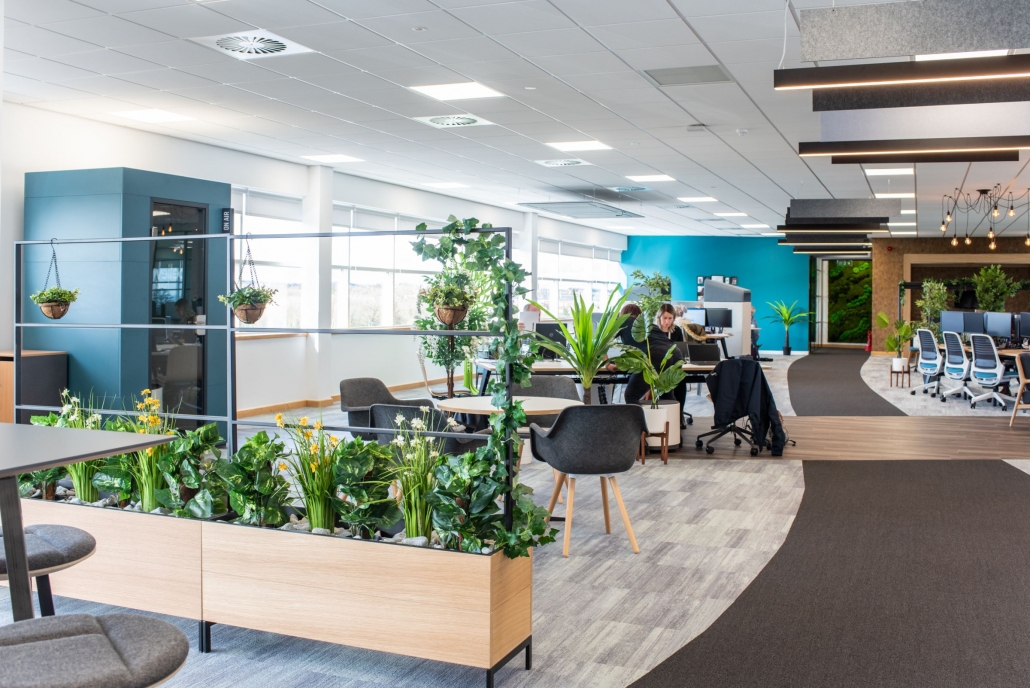Agile working has become a mainstream concept, creating an efficient business environment by giving employees the freedom to work wherever, whenever and with who they need to. Implicit in the agile working ethos is a business concept focused on improving operational efficiencies within a flexible working style.
The agile working concept supposes that work is an activity we do, rather than a place we go. By implementing an agile working environment and designing their office interiors to match, progressive employers can find new and different ways to meet customer needs, reduce costs, increase productivity and improve sustainability.
Due to its popularity with staff, agile working often helps to attract and retain top talent by promoting a more autonomous culture where they can reach their potential. The holistic benefits of agile working means that it’s not simply seen as an employee benefit but as a business advantage too. Enabling technology and flexible IT infrastructure and flexible workstations is a cornerstone of agile working as it’s integral that staff have the tools to perform at their best, wherever they are.




